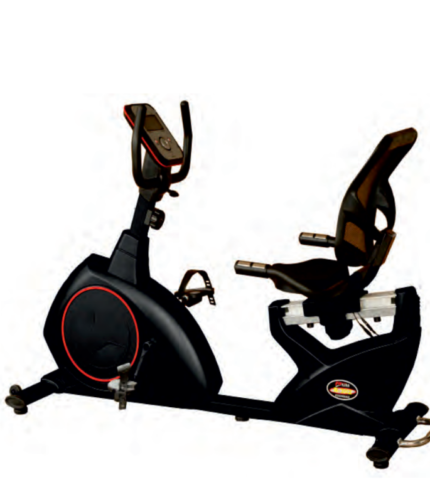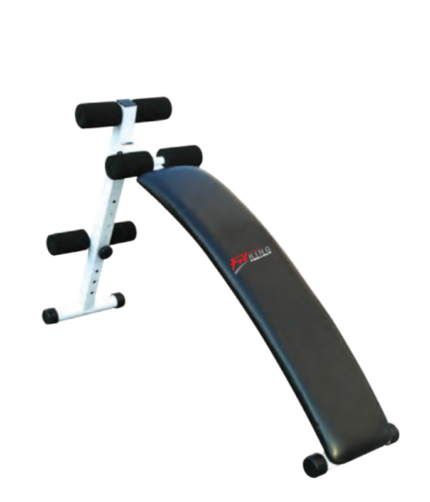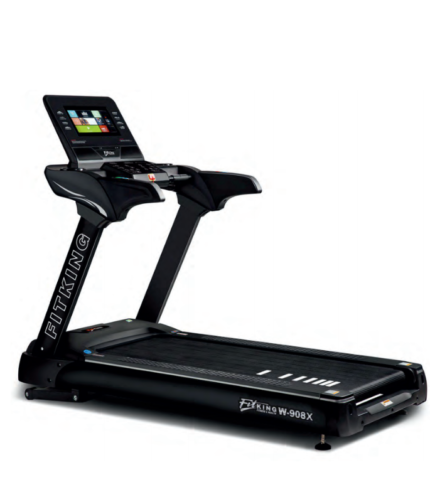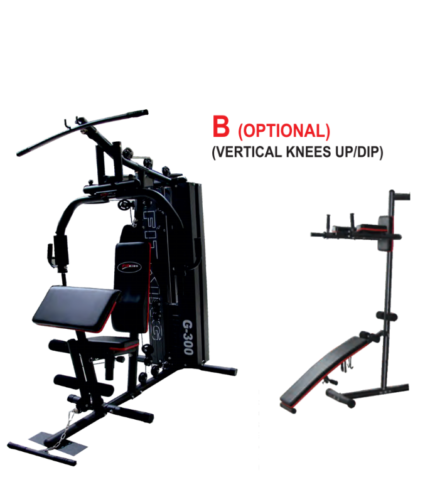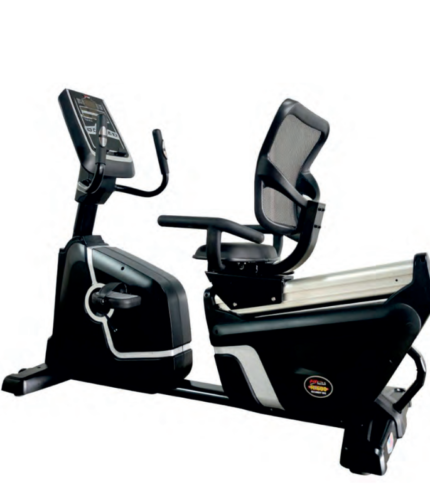The fitness industry is undergoing a remarkable transformation as we step into 2024. With advancements in technology and changing consumer preferences, innovative fitness equipment trends are emerging that cater to both individual consumers and businesses. This blog explores the most significant trends that are shaping the future of fitness equipment, offering insights for retailers, gym owners, and fitness enthusiasts alike.
1. Smart Fitness Equipment
One of the most notable trends in 2024 is the rise of smart fitness equipment. These devices are no longer limited to basic tracking features; they now incorporate advanced technologies like artificial intelligence (AI) and machine learning. Smart equipment can analyze user performance, provide personalized workout recommendations, and even predict potential injuries based on usage patterns.
For example, smart treadmills and stationary bikes now come equipped with interactive screens that offer on-demand classes and real-time feedback. This makes home workouts more engaging and effective, appealing to consumers who prefer exercising in the comfort of their homes. Businesses can leverage this trend by investing in smart equipment to attract tech-savvy clients looking for cutting-edge solutions.
2. Virtual and Augmented Reality Workouts
Virtual reality (VR) and augmented reality (AR) are revolutionizing the way people experience fitness. In 2024, VR workouts have become mainstream, offering immersive experiences that make exercise feel like an adventure rather than a chore. Users can cycle through scenic landscapes or participate in competitive VR games that challenge their physical abilities.
AR technology enhances traditional workouts by overlaying digital information onto the real world, guiding users through exercises with visual cues. This trend not only makes workouts more enjoyable but also helps users maintain proper form, reducing the risk of injury. Fitness businesses can capitalize on this trend by incorporating VR and AR experiences into their offerings, creating unique workout environments that attract new members.
3. Wearable Technology
Wearable technology continues to dominate the fitness landscape in 2024. Devices such as smartwatches, fitness bands, and smart clothing are becoming increasingly sophisticated, offering features that track biometrics, movement patterns, and even muscle activity. These wearables sync with mobile apps to provide users with detailed insights into their performance.
For instance, smart shirts equipped with ECG sensors can monitor heart rate variability during workouts, while smart shoes measure gait and impact force. The data collected helps users optimize their training regimens and achieve their fitness goals more effectively. Retailers should consider offering a range of wearable tech products to meet the growing demand among health-conscious consumers.
4. Eco-Friendly Fitness Equipment
As environmental awareness grows, so does the demand for eco-friendly fitness equipment. In 2024, manufacturers are focusing on sustainable materials and production processes to create products that appeal to environmentally conscious consumers. This includes equipment made from recycled materials or designed to minimize energy consumption.
For businesses, investing in eco-friendly options not only meets consumer demand but also enhances brand reputation. Companies that prioritize sustainability can differentiate themselves in a crowded market and attract a loyal customer base committed to making responsible choices.
5. Hybrid Workout Spaces
The concept of hybrid workout spaces is gaining traction as gyms adapt to changing consumer preferences. These spaces combine traditional gym setups with areas designed for group classes or virtual training sessions. The flexibility allows members to choose how they want to work out—whether through guided classes or independent training.
In 2024, we can expect more gyms to incorporate multi-functional spaces that cater to various workout styles, including strength training, cardio, yoga, and virtual classes. This trend not only maximizes space utilization but also enhances member engagement by providing diverse workout options.
6. AI-Powered Personal Training
Artificial intelligence is becoming an integral part of personal training services in 2024. AI-driven platforms can analyze user data to create customized workout plans tailored to individual goals and fitness levels. For instance, AI coaches can adjust routines in real-time based on performance metrics collected during workouts.
This technology allows gym owners to offer personalized training experiences without requiring a one-on-one trainer for every session. By integrating AI into their services, gyms can provide scalable solutions that enhance member satisfaction and retention.
7. Biohacking Equipment
Biohacking—the practice of optimizing health through various techniques—has gained popularity among fitness enthusiasts seeking peak performance. In 2024, biohacking equipment such as cryotherapy machines, infrared saunas, and recovery devices are becoming more accessible to consumers.
These tools help individuals enhance recovery times, improve sleep quality, and boost overall well-being. Fitness businesses can attract health-conscious clients by incorporating biohacking options into their facilities or offering them as part of membership packages.
8. Gamification of Fitness
Gamification is transforming traditional workouts into engaging experiences by incorporating game-like elements into exercise routines. In 2024, we see an increase in fitness equipment that allows users to compete against friends or virtual opponents while tracking progress through points or rewards systems.
For example, interactive rowing machines like Aviron allow users to participate in competitive games while working out. This trend not only makes exercising more fun but also motivates individuals to push themselves further—an appealing aspect for both B2C consumers and B2B clients looking for innovative solutions for their facilities.
9. Low-Impact Training Solutions
With an increasing number of individuals seeking low-impact workout options due to injury concerns or aging populations, low-impact training solutions are gaining traction in 2024. Equipment such as recumbent bikes, elliptical machines, and resistance bands provide effective workouts without stressing joints.
Gyms that offer low-impact classes or specialized equipment will cater to a broader audience—including seniors or those recovering from injuries—creating inclusive environments that promote overall health and wellness.
10. Home Gym Innovations
The home gym trend continues its upward trajectory as more individuals opt for convenient workout solutions at home. In 2024, innovative home gym equipment features advanced technology that enhances the user experience—think compact strength machines with integrated screens for streaming classes or adjustable dumbbells with smart load detection.
As consumers invest in creating their own workout spaces at home, retailers should focus on providing versatile equipment that meets various fitness needs while maximizing space efficiency.
Conclusion
As we look ahead into 2024, it’s clear that the fitness equipment industry is evolving rapidly due to technological advancements and changing consumer preferences. From smart devices and immersive VR experiences to eco-friendly solutions and gamified workouts—these trends are reshaping how we approach fitness.
For retailers and businesses in the fitness sector, staying informed about these innovations is crucial for meeting customer demands and maintaining a competitive edge in the market. By embracing these trends and adapting offerings accordingly, businesses can position themselves at the forefront of the fitness revolution while helping individuals achieve their health goals more effectively than ever before.
In summary, whether you’re a consumer looking for the latest gear or a business seeking innovative solutions for your gym or studio, keeping an eye on these trends will ensure you stay ahead in this dynamic industry landscape.








